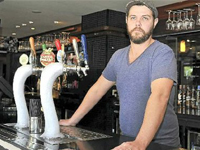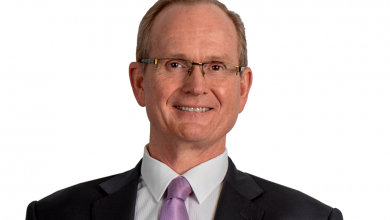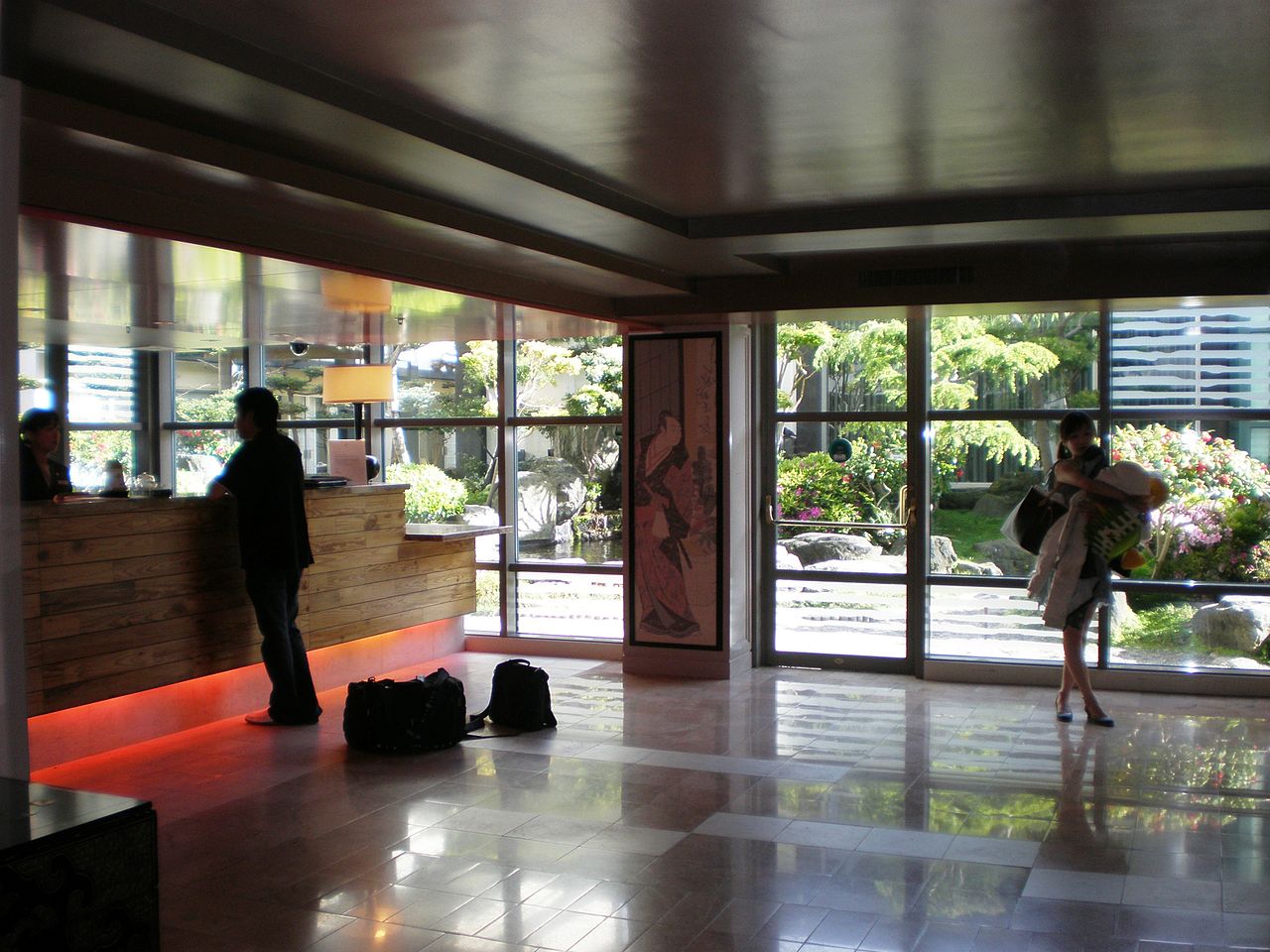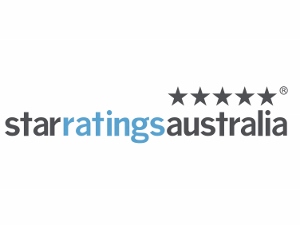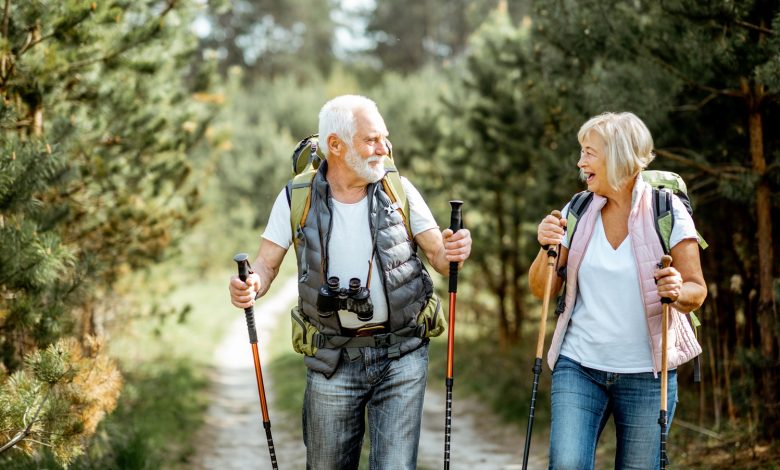
Silver tourism, an avenue for industry growth
Research identifies the aging population as an unignorable tourist group
A groundbreaking study by Edith Cowan University (ECU) sheds light on the immense opportunity presented by silver tourism, offering a pathway to not only bolster the economy but also enhance the quality of life for an aging population.
With global life expectancy on the rise and fertility rates declining, the world is witnessing a rapid demographic shift towards an aging population. By 2020, over one billion people globally were aged over 60, with 727 million aged over 65. These numbers are projected to skyrocket to 2.092 billion and 1.6 billion, respectively, by 2050.
There is a significant opportunity to take advantage of this untapped market of silver tourism, paving the way to not only grow the economy but also offer an ever-increasing ageing population the opportunity to maintain quality of life.
Lead researcher and PhD candidate at ECU, Fangli Hu noted that countries like Japan, South Korea and Italy were already considered to be ageing or even super-ageing societies. While advances in technology and medicine have extended life expectancy, there has not been a corresponding increase in healthy life expectancy.
The new summer print edition of AccomNews is out now – Read it HERE
“Rapid ageing is already one of the most significant trends of the 21st century, and this demographic shift poses enormous challenges for society. There is a community-wide effort to promote healthy ageing, but the role of tourism as an important service industry in this process has been underappreciated,” Ms. Hu said.
“Tourism and hospitality, one of the largest industries globally, is duty-bound to participate in initiatives to support healthy ageing. Although extant tourism and hospitality research has identified this niche market, attempted to understand its travel behaviours, and proposed senior tourism, silver tourism, and geriatric tourism to accommodate the ageing population, the industry is still far from creating age-friendly destinations.”
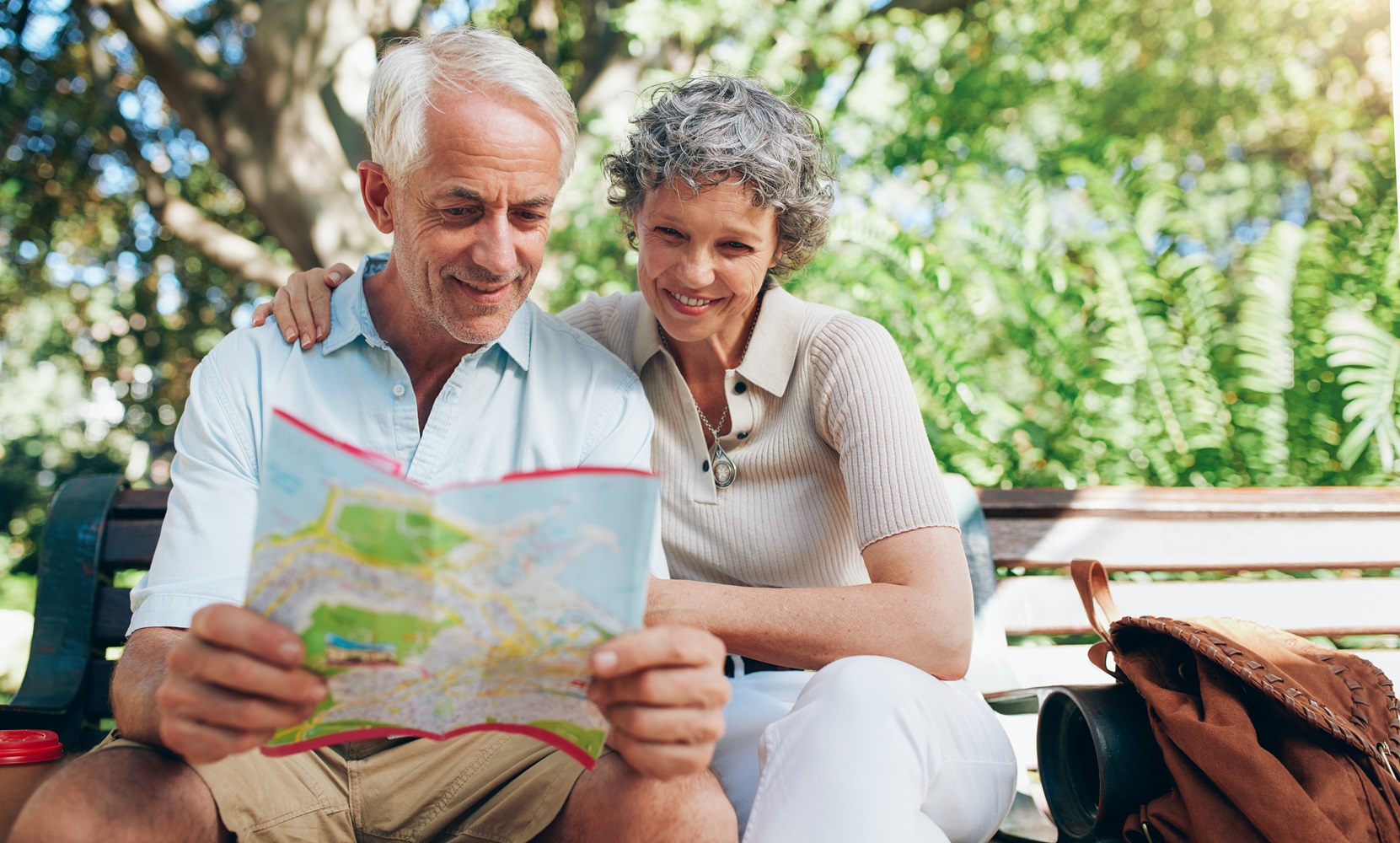
Considering their strong purchasing power, abundant leisure time, and high travel willingness, the aging population has been identified as an unignorable tourist group,” Ms. Hu said.
However, researcher Dr Jun Wen noted that service discrimination and tourism inequalities against older adults are still prevalent.
“More leisure time and disposable income make the ageing population an important and fast-growing tourist segment, but greater vulnerability and group diversity complicate the travel behaviours and psychology of older adults, resulting in higher demands for products and services.
“Therefore, it is imperative to pursue more in-depth research and make greater efforts to enable this niche market to enjoy tourism.”
Dr Wen said that for the tourism industry to capitalise on silver tourism, significant investment would need to be made in infrastructure and training.
“The training is especially important for frontline service employees. They currently don’t have the knowledge and experience needed to interact with people living with certain health conditions.”
Researcher Associate Professor Joshua Aston remarked that the ageing population is often perceived as a demographic requiring significant support, burdening society with various challenges such as age-related discrimination, elder abuse, violence, stigma, and exclusion across different contexts. These circumstances not only infringe upon their fundamental human rights but also hinder their full integration into society.
Dr. Aston said that despite advancements, discrimination in services and tourism inequalities against older individuals persist.
“While the ageing population represents a crucial and rapidly expanding tourist segment, with more leisure time and disposable income, their vulnerability complicates the understanding of their travel behaviours.
Health benefits
Ms. Hun noted that travel could serve as a potential support for healthy ageing and improve the health and quality of life for this sector of the population, in addition to contributing the quest for equal rights among this group.
“COVID-19 highlighted the health value of tourism in public health beyond lifestyle and economic factors. Specifically, travel can be a non-pharmacological therapy,” she added.
“Travel is a multi-component leisure activity, involving food, accommodation, transportation, visit, shopping, and entertainment. It can contribute more to the functional ability to facilitate healthy aging than single-dimensional activities; however, despite increasing interest in the health benefits of tourism, the tourism and hospitality literature has focused more on the impacts on the younger and healthier populations, and less on its potential role for senior tourists and healthy aging,” Ms. Hun said.
“Tourism has the potential to promote mental health of people with autism, depression, dementia, and other conditions, and could be as therapeutic as other non-pharmacological interventions such as music therapy.
“Bringing reciprocity to tourism and medical sciences, travel therapy may serve as a promising non-pharmacological prevention and treatment for everyone, notably the aging population, a group that is at elevated risk for chronic diseases. Thus, deeper reflection and exploration of the role of travel therapy in healthy aging is highly essential.”
The study, as it appeared in the Journal of Hospitality and Tourism Management, can be found HERE
Read about Silver Schoolies HERE
Read an Op-Ed by JLL’s Ross Beardsell about marketing to mature travellers HERE

AccomNews is not affiliated with any government agency, body or political party. We are an independently owned, family-operated magazine.

